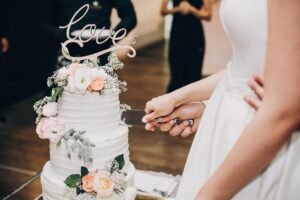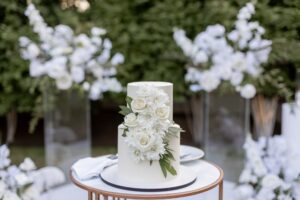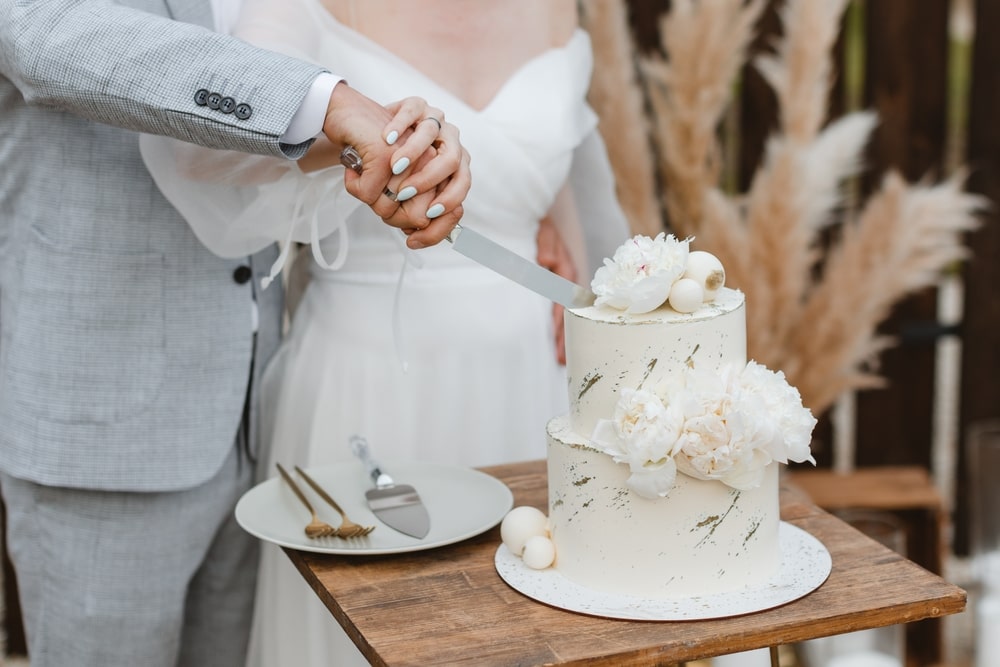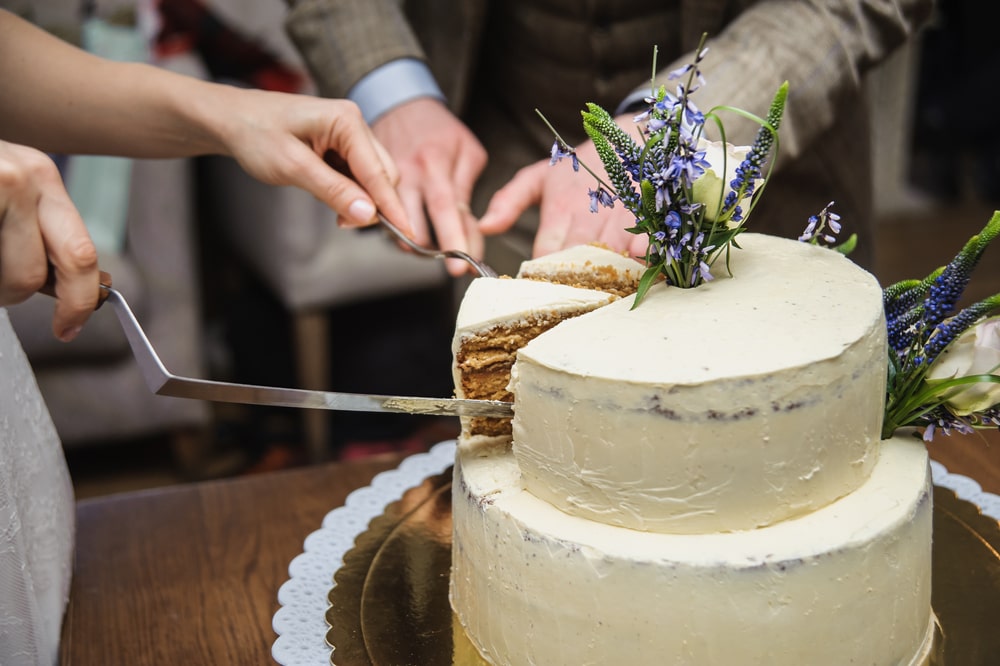The moment you and your partner cut the wedding cake is one of the most cherished traditions of any celebration. It symbolizes unity, joy, and the start of your shared journey together. But beyond its meaning, knowing how to cut a wedding cake the right way is essential for maintaining its design, ensuring clean slices, and keeping the experience stress-free.
This complete guide will walk you through everything you need to know—from cutting round and tiered cakes to the proper etiquette, tools, and expert techniques trusted by professional bakers like Nikoo Cake.
Why Knowing How to Cut Wedding Cake Matters
Cutting cakes for weddings is more than a ceremonial gesture—it’s a practical skill that affects how your cake looks, tastes, and serves guests. Mastering this art makes your celebration smoother and more memorable.
The Symbolism Behind the Wedding Cake Cut
The wedding cake cut marks your first shared task as a married couple. This symbolic act represents partnership, trust, and a sweet beginning together. It’s often accompanied by music, cheers, and photos, making it one of the most photographed moments of your wedding day.
Serving Guests Efficiently and Neatly
A well-executed cake cutting ensures uniform portions and an organized serving process. Knowing how to slice a wedding cake neatly helps caterers and family members distribute pieces quickly without damaging the design.
Preserving the Cake’s Design During Cutting
Techniques like removing decorative flowers or toppers first help maintain the cake’s aesthetic for photos and display. A smooth, controlled cut shows care and precision—traits that make every picture frame-worthy.
How to Cut a Round Wedding Cake
Round cakes are the most popular choice for weddings. Learning how to cut a wedding cake in this shape involves using a methodical approach that balances appearance and efficiency.
How to Cut a 10-Inch Round Wedding Cake
For smaller round cakes (around 10 inches), start by cutting a circle two inches in from the outer edge. Slice this outer ring into 1-inch wide pieces, working your way around the cake. Then, move inward and repeat until the center is reached. This ring-cutting technique produces evenly sized portions and reduces waste.
How to Cut a 12-Inch Round Wedding Cake
Larger round cakes require more planning. Use the same ring method but cut slightly wider slices—around 1½ inches each—to maintain structure. For cakes with thicker buttercream or fondant, wipe the knife between cuts to keep edges clean and neat.
Tools and Techniques for Clean Slices
A long, straight-edged knife works best for buttercream finishes, while a serrated knife is ideal for dense or fondant-covered cakes. Dip the blade in warm water and wipe it dry before each slice for a smooth cut and professional finish.
How to Cut a Tiered Wedding Cake
Tiered cakes are show-stopping centerpieces, but their internal supports mean they must be cut carefully. Understanding structure and order prevents mishaps during serving.
How to Cut a 2-Tier Wedding Cake
Begin by removing the top tier carefully—it’s often saved for anniversaries. Place it on a separate board. Slice the lower tier following the round cake method, using small, even cuts to avoid collapsing layers.
How to Cut a 3-Tier Wedding Cake
For a 3-tier cake, remove the top two tiers before cutting. Each tier usually rests on a cardboard base supported by dowels. Cut one tier at a time, following the circular pattern for round designs or grid pattern for square ones.
How to Cut a 4-Tier Wedding Cake
A four-tier cake is tall, elegant, and demands balance. Ask your caterer or a designated helper to steady the cake while you remove each tier. Once separated, cut each layer individually on a flat surface to maintain even slices and prevent toppling.
Cake Cutting Etiquette: Turning the Tradition Into a Moment
Cutting the cake is one of the most anticipated parts of any reception. Proper etiquette ensures the moment feels polished and sentimental.
The Symbolic First Cut Between Partners
Traditionally, the couple makes the first slice together—usually from the bottom tier, symbolizing a strong foundation. After the ceremonial piece is cut, the groom or bride feeds a small bite to their partner.
How to Hold the Knife as a Couple
The bride usually holds the knife, while the groom places his hand over hers. This coordinated movement allows both to share the moment while photographers capture the perfect angle.
Coordinating with Your Photographer and Planner
Alert your photographer before the cake cutting begins. Good lighting, crowd spacing, and background coordination ensure your cake slicing wedding photos look flawless.
Tools You Need for Cutting Cakes for Wedding Receptions
Using the right tools makes cutting and serving smoother while keeping the cake’s design intact.
Choosing the Right Knife and Server Set
A straight-edged knife works well for soft buttercream cakes, while serrated blades handle dense or fondant-covered varieties. Pair it with a sturdy cake server to lift slices without damage.
Accessories for Presentation and Clean Serving
Have clean napkins, a damp towel, and a decorative plate ready. Some couples use personalized serving sets as keepsakes after the ceremony.
Hygiene and Safety Considerations
Always wash utensils beforehand, especially if multiple guests are helping with serving. Avoid cutting through dowels or decorations, which could cause contamination.
Professional Cake Cutting Guide: How Experts Do It
Professionals who handle dozens of weddings each season rely on consistency and control when cutting cakes.
Portion Planning for Large Weddings
Bakers and caterers plan slice sizes in advance—typically 1×2 inches per serving. This ensures enough portions for every guest without overcutting.
How to Slice a Wedding Cake Like a Caterer
Experts slice cakes in layers rather than wedges, using a grid method for square cakes and the ring technique for round ones. Each piece is lifted gently to maintain structure.
Maintaining Presentation While Serving Quickly
Professionals cut from the back of the cake table to keep the display looking perfect for guests and photos. Cleaning the knife between slices keeps each piece looking crisp.
Common Mistakes to Avoid When Cutting the Cake
Even a beautiful cake can turn messy with the wrong approach. Avoid these common pitfalls to ensure a picture-perfect moment.
Cutting Without Removing Dowels or Supports
Always remove visible dowels or structural rods before slicing. Cutting through them can damage the knife and destabilize the cake.
Cutting While the Cake Is Too Cold or Too Soft
Cakes that are too cold may crumble, while overly warm frosting can smear. Allow the cake to sit at room temperature for 20–30 minutes before cutting.
Forgetting to Protect Decorative Elements
Remove all flowers, toppers, and non-edible ornaments before slicing to avoid accidents or contamination.
Preserving and Serving Leftover Cake
Once the celebration winds down, you’ll want to preserve the remaining cake for later enjoyment.
Saving the Top Tier for Anniversaries
Wrap the top tier tightly in plastic wrap and store it in an airtight container before freezing. Many couples enjoy it on their first anniversary as a nostalgic treat.
Refrigeration and Freezer Tips
Store buttercream cakes in the refrigerator for up to three days. For longer storage, freeze slices individually wrapped in wax paper to retain flavor.
Serving Leftovers the Next Day
To refresh refrigerated cake, let it reach room temperature before serving. This restores texture and taste.
FAQs
What is the etiquette for cutting wedding cake?
Traditionally, the couple makes the first cut together from the bottom tier, symbolizing unity. It’s followed by sharing a bite, representing partnership and mutual support.
How do professionals cut cake?
Experts slice evenly using structured techniques—rings for round cakes or grids for square ones—ensuring consistent serving sizes and clean presentation.
How do you cut a tiered cake?
Start from the top tier, remove it carefully, and cut each tier separately. Always remove dowels before slicing.
Is it better to cut a cake with a straight or serrated knife?
It depends on the cake type. Straight knives work well for buttercream cakes, while serrated blades are better for denser or fondant-covered cakes.
Conclusion
Learning how to cut a wedding cake properly blends technique, symbolism, and artistry. The right method ensures your cake looks as stunning in photos as it tastes on the plate. From understanding structural supports to coordinating your photo moment, every slice can be smooth and meaningful with preparation.
Whether you’re cutting a small two-tier cake for an intimate event or a grand four-tier creation for hundreds of guests, precision and care make all the difference. Practice, plan, and enjoy this shared moment—it’s the sweetest start to your married life.
For couples seeking a custom wedding cake designed for beauty, stability, and flavor, Nikoo Cake offers expert craftsmanship and personalized service. Get your custom quote today and bring your dream wedding centerpiece to life.
